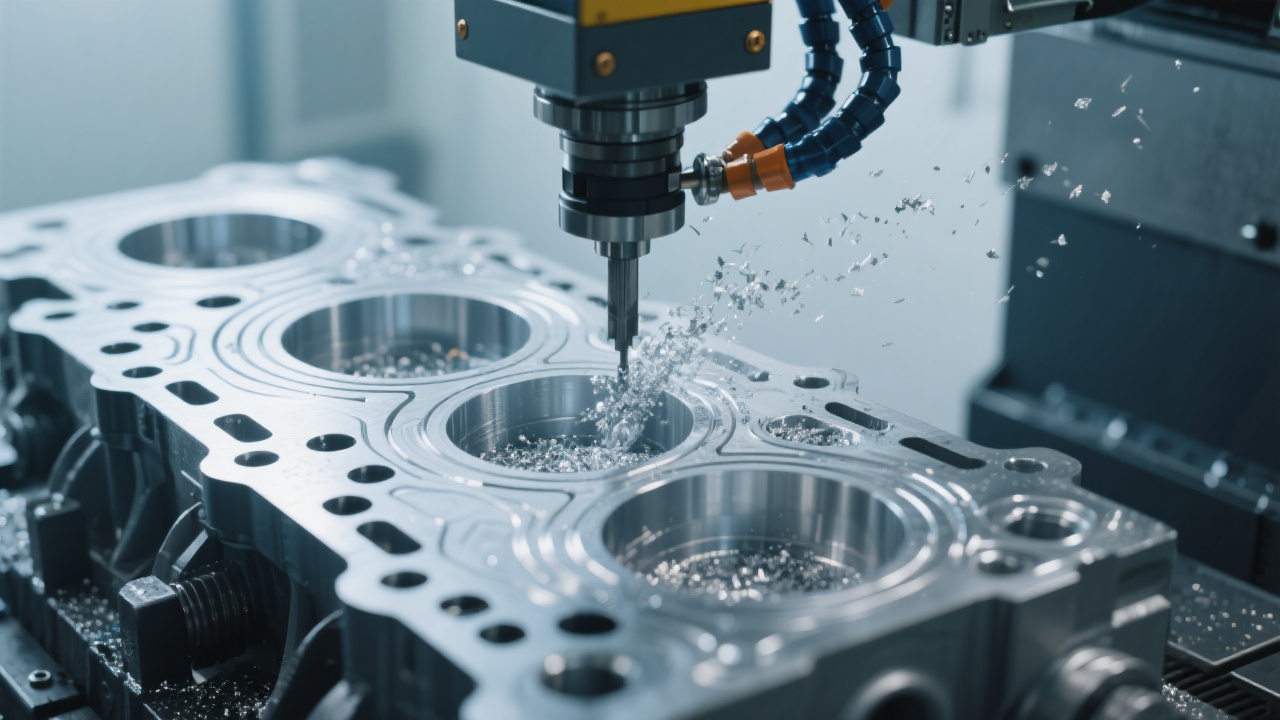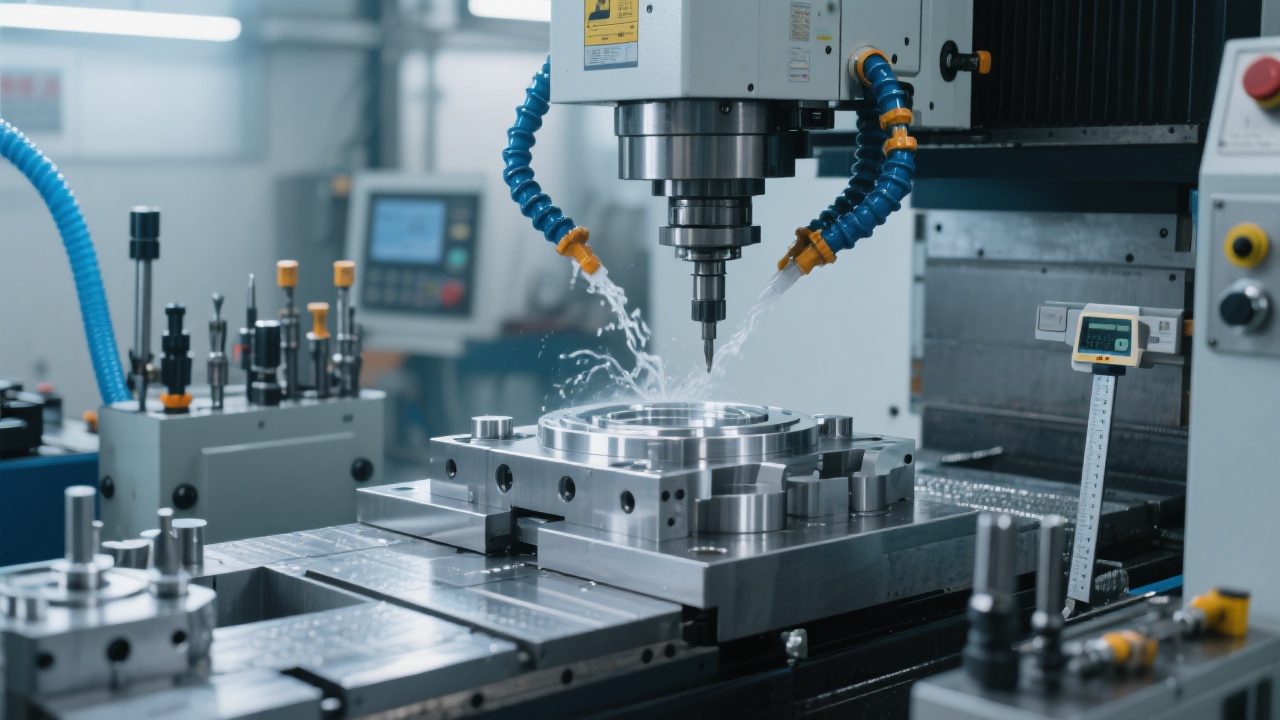
In the automotive parts manufacturing industry, achieving high-efficiency rough machining for large components is no longer optional—it’s a competitive necessity. Many shops still struggle with long cycle times and inconsistent surface quality when processing complex geometries like deep cavities or irregular curves. That’s where the FH1890L heavy-duty vertical machining center comes in—not just as a machine, but as a strategic upgrade path.
Traditional setups often rely on standard end mills and fixed tooling, which leads to poor chip evacuation, vibration-induced chatter, and suboptimal cutting angles—especially in areas like undercuts or steep walls. In one case we analyzed, a German OEM was losing up to 45 minutes per part due to rework caused by inadequate access during roughing. This isn’t about tool wear—it’s about how you approach the geometry.

The FH1890L delivers real-world performance: 22 kW spindle power, 320 Nm torque at low RPMs, and a cast iron bed with optimized damping characteristics that reduce vibration by over 30%. Combined with Mitsubishi CNC control (M80i), it ensures consistent feed rates even under variable load conditions—an absolute must for stable roughing operations.
| Parameter | Value |
|---|---|
| Max Spindle Speed | 6,000 rpm |
| Travel (X/Y/Z) | 1,890 / 700 / 700 mm |
| Tool Capacity | 30-position ATC |
| Positioning Accuracy | ±0.005 mm |
Using a right-angle head allows cutting at 90° to the main axis—ideal for side walls or internal features. A universal joint head gives flexibility across multiple planes, making it perfect for freeform surfaces. For example, when machining a wheel hub with a 15° incline and a 120mm-deep cavity, switching from a straight tool to a right-angle head reduced tool deflection by 40% and improved surface finish by 25%.

A major Asian supplier of aluminum engine blocks saw a 32% reduction in roughing time after implementing this strategy—going from 82 minutes to 56 minutes per piece. Their key insight? Matching the right head type to the feature depth and angle, then adjusting feed rate accordingly (from 120 mm/min to 180 mm/min with HSS-Co tools).
“We used to spend hours planning each operation. Now, with standardized angle head configurations and pre-set parameters, our operators can switch between jobs in under 10 minutes.” —— Zhang Wei, Process Engineer, Zhejiang Auto Components Co.
Let every cut count. Whether you're working on engine cases, transmission housings, or structural frames, smart use of angle heads turns bottlenecks into advantages.

